Bringing a new product or service to market takes more than a great idea. It requires the right strategy, the right timing, and the right tools to make it all come together. A go-to-market plan is about aligning sales, marketing, and customer success so that you’re not just launching, but actually gaining traction and driving growth. The good news is there’s software built to make every part of this process smoother, from finding your ideal prospects, to enabling your sales team, to keeping customers engaged long after the first deal is closed.
What is a Go-to-Market Strategy?
A go-to-market strategy is the blueprint a company follows to bring a product, service, or solution to its customers. It outlines who the target customers are, what value the product delivers to them, and how the company intends to reach, convert, and retain those customers. A GTM strategy bridges the gap between strategy and execution, combining elements of marketing, sales, product management, and customer success to create a unified approach.
For B2B companies, an effective GTM strategy is especially important because buying decisions often involve multiple stakeholders, longer sales cycles, and higher-value transactions. That means alignment between teams and clarity in messaging are essential. The right software can play a significant role in ensuring your strategy is executed smoothly and efficiently. With this in mind, let’s go over our list of the 20 best go-to-market software to help support your GTM strategy.
Top 20 Go-to-Market Software You Need to be Using
1. Salesforce
Salesforce is one of the top go-to-market software specifically for B2B companies because it gives teams a single source of truth. Instead of juggling spreadsheets or siloed systems, everyone from marketing to sales to customer success can see the same customer record. Imagine a new lead filling out a form at a webinar. Marketing logs it, sales gets notified instantly, and customer success can see the account history once the deal closes. That kind of continuity is what keeps opportunities from slipping through the cracks.
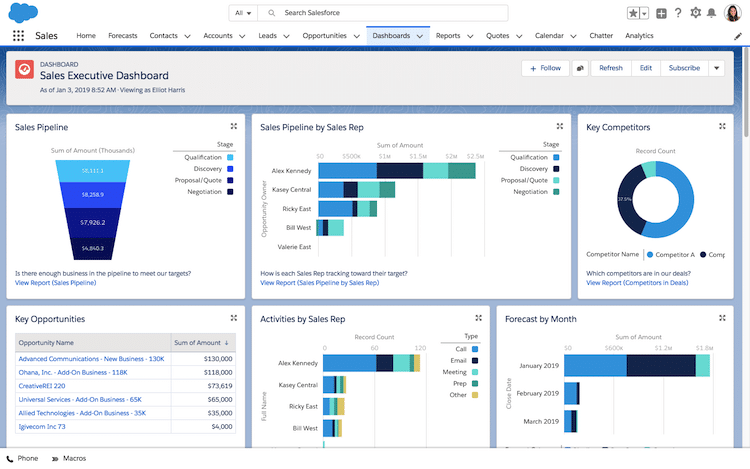
2. HubSpot
HubSpot is particularly valuable for B2B companies that want to align marketing and sales without adding unnecessary complexity. A common GTM challenge is ensuring leads are nurtured enough before passing them off to sales. HubSpot’s workflows help bridge that gap by automatically sending relevant content, scoring leads based on engagement, and triggering handoffs at just the right time. That means sales reps aren’t wasting time on contacts who aren’t ready, and marketing can prove that their campaigns are feeding the pipeline. The result is less finger-pointing and more growth.
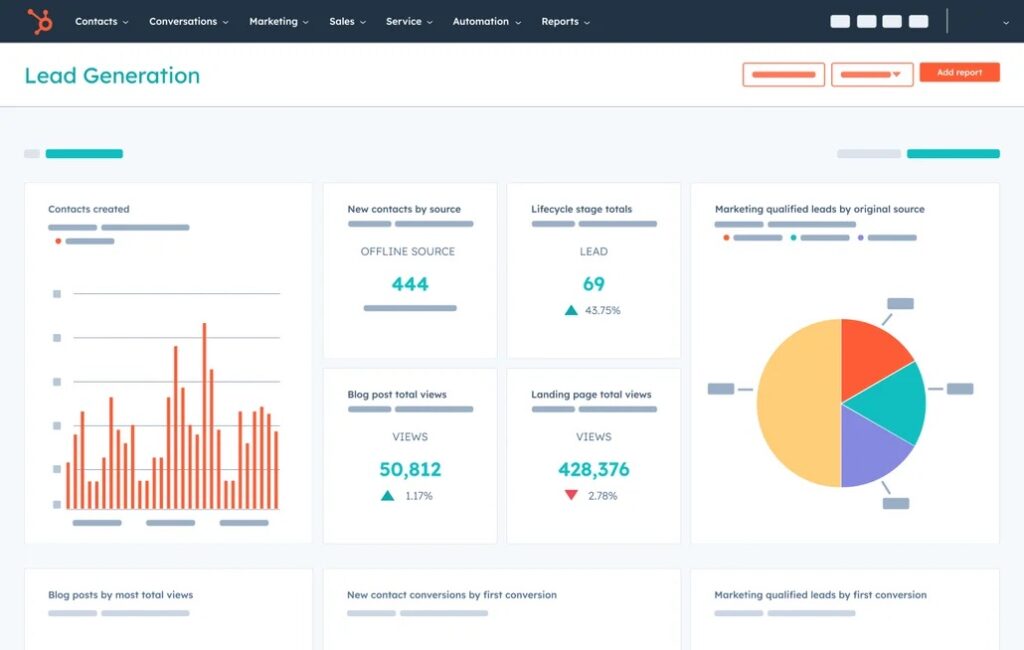
3. Visitor Queue
One of the hardest parts of any GTM strategy is figuring out who is interested in your solution before they’ve submitted a contact form. Visitor Queue solves this by identifying the companies that are already on your website. For example, let’s say a potential customer’s procurement team is browsing your pricing page multiple times in a week. Without a tool like Visitor Queue, that activity would go unnoticed. With it, your sales team can prioritize outreach, tailor messaging to that account, and get ahead of competitors. It’s the difference between waiting for leads to self-identify and proactively spotting buying intent.
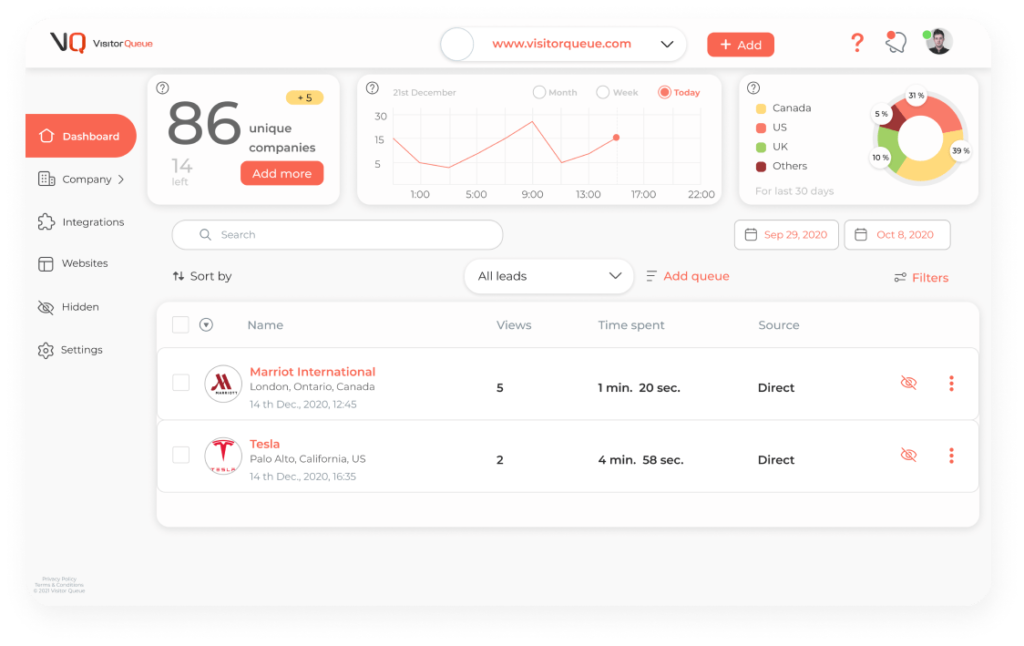
4. Outreach
Outreach goes beyond simple email automation. It helps sales reps build consistent, personalized engagement with prospects at scale. In practice, that means instead of manually sending dozens of follow-ups, reps can focus on building relationships while the platform ensures prospects never fall off the radar. A GTM strategy thrives on repeatability, and Outreach makes it possible to replicate what works across the entire team. If one rep’s sequence consistently drives meetings, managers can roll it out across the organization and lift performance for everyone.
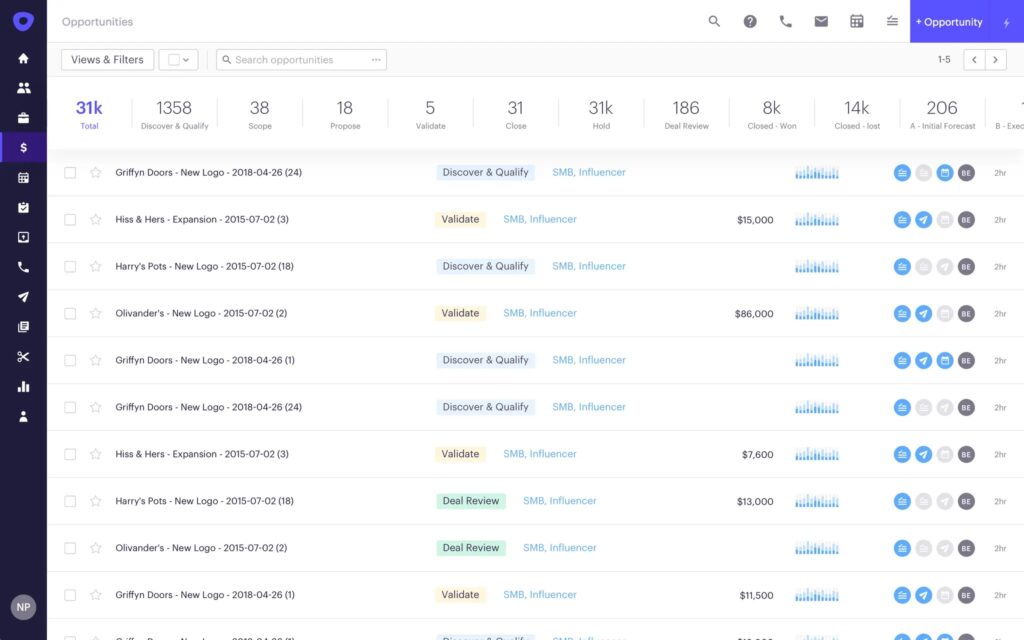
5. LinkedIn Sales Navigator
The next go-to-market software on our list is LinkedIn Sales Navigator. Sales Navigator helps you identify and connect with entire buying committees rather than relying on a single champion. For example, a rep may start with a marketing director but then use Sales Navigator to map out the CFO, procurement officer, and IT lead who all influence the final purchase. Building those relationships early gives your GTM plan a much better chance of success.
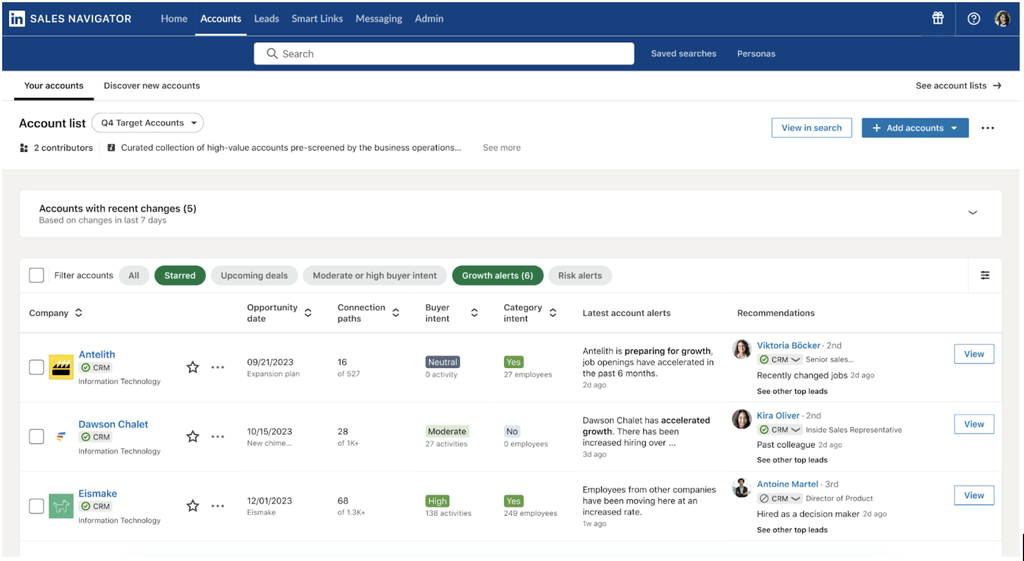
6. Gong
Gong has gained popularity because it uncovers what actually happens in sales conversations. It’s one thing to train your team on messaging, but it’s another to know whether that messaging lands in real conversations. Gong surfaces the patterns that separate successful deals from stalled ones, whether that’s how often competitors come up, or which product features resonate most.
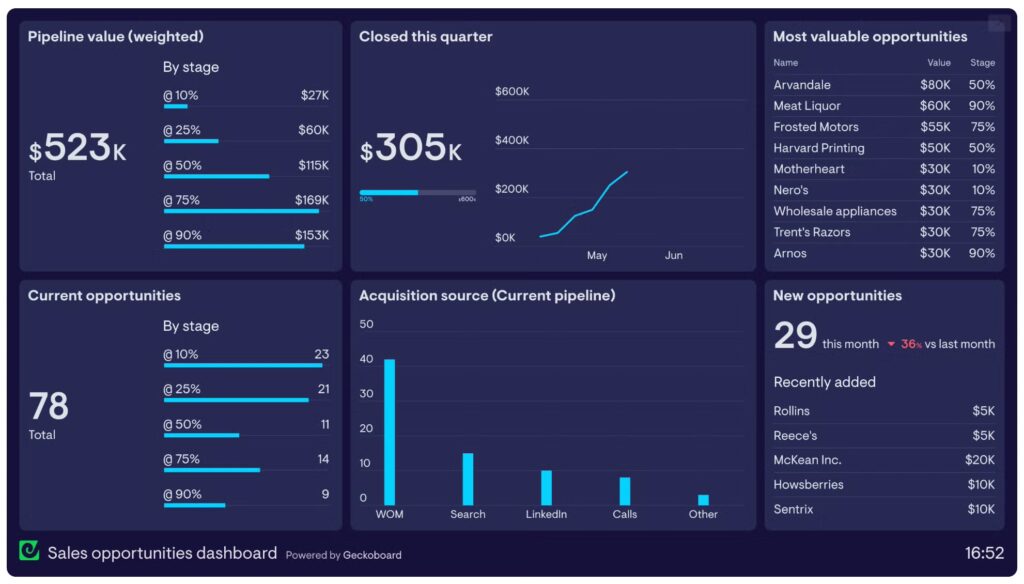
7. Demandbase
Account-based marketing often makes or breaks a B2B GTM strategy, especially when your revenue depends on winning a handful of strategic accounts. Demandbase allows you to zero in on those accounts and personalize every interaction. Instead of wasting ad spend on a broad audience, you can run tailored campaigns that only target the companies on your list. That means fewer wasted resources and a higher chance of building the kind of awareness that actually converts. When a company sees your message consistently across channels, it creates familiarity that warms up sales conversations before they even happen.
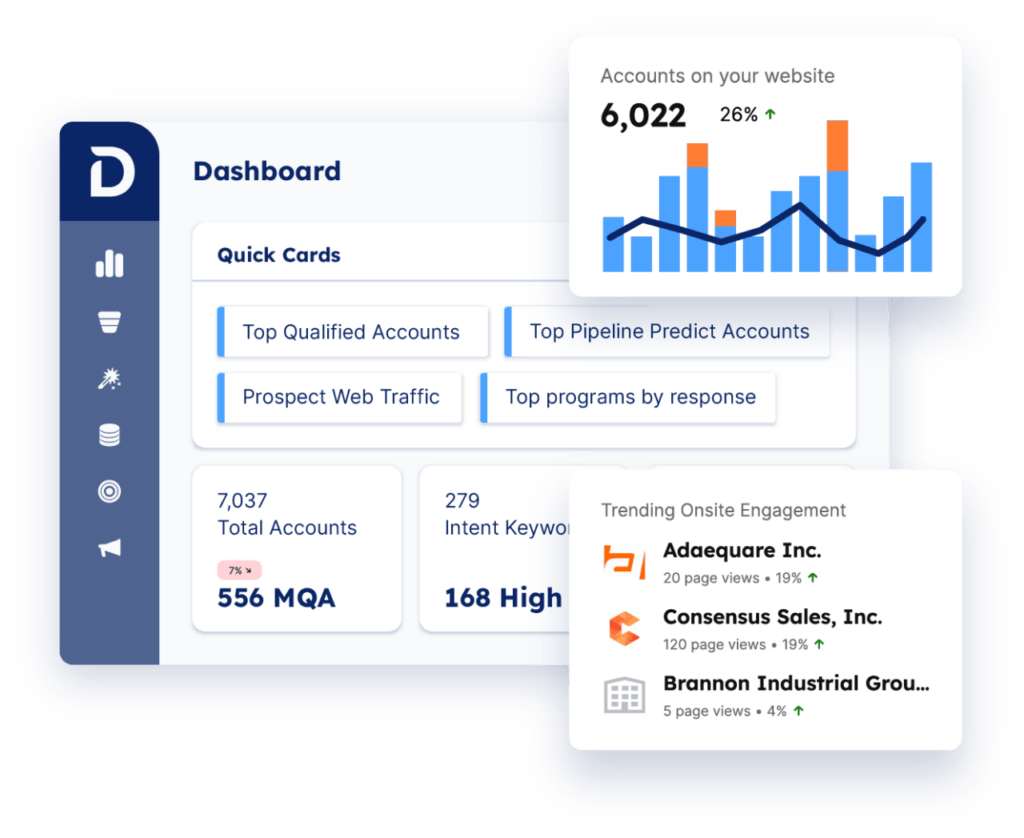
8. Marketo
Complex buyer journeys can easily derail a go-to-market launch if leads are not nurtured correctly. Marketo Engage helps keep the process on track by ensuring prospects receive relevant touchpoints no matter where they are in the funnel. Let’s say your GTM launch involves a big webinar series. Marketo can automatically follow up with attendees, send resources to no-shows, and continue nurturing those leads for weeks afterward. This means that you won’t lose momentum after the initial campaign push.
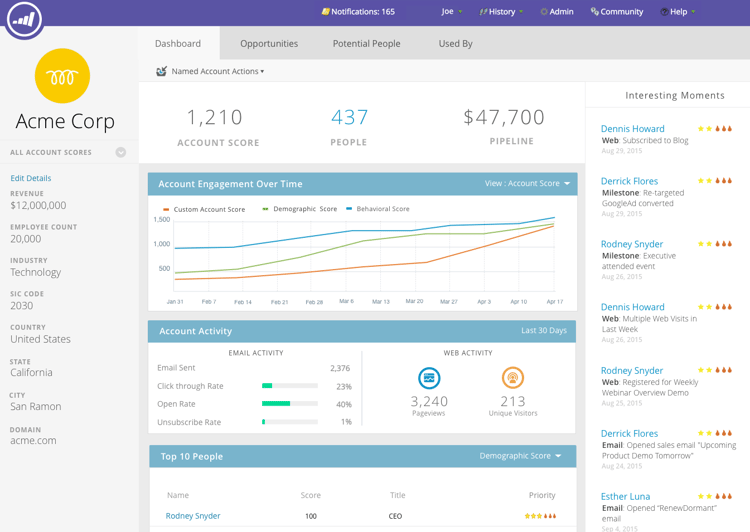
9. Seismic
Content is often underutilized in go-to-market software strategies, not because companies don’t have it, but because sales teams struggle to find the right piece at the right time. Seismic solves this problem by delivering personalized, on-brand content directly to sales reps when they need it. Instead of searching through outdated folders, reps can quickly share case studies, product sheets, or demos that match the buyer’s stage. As a result, his consistency helps companies tell a cohesive story across every customer interaction, building trust and accelerating deals.
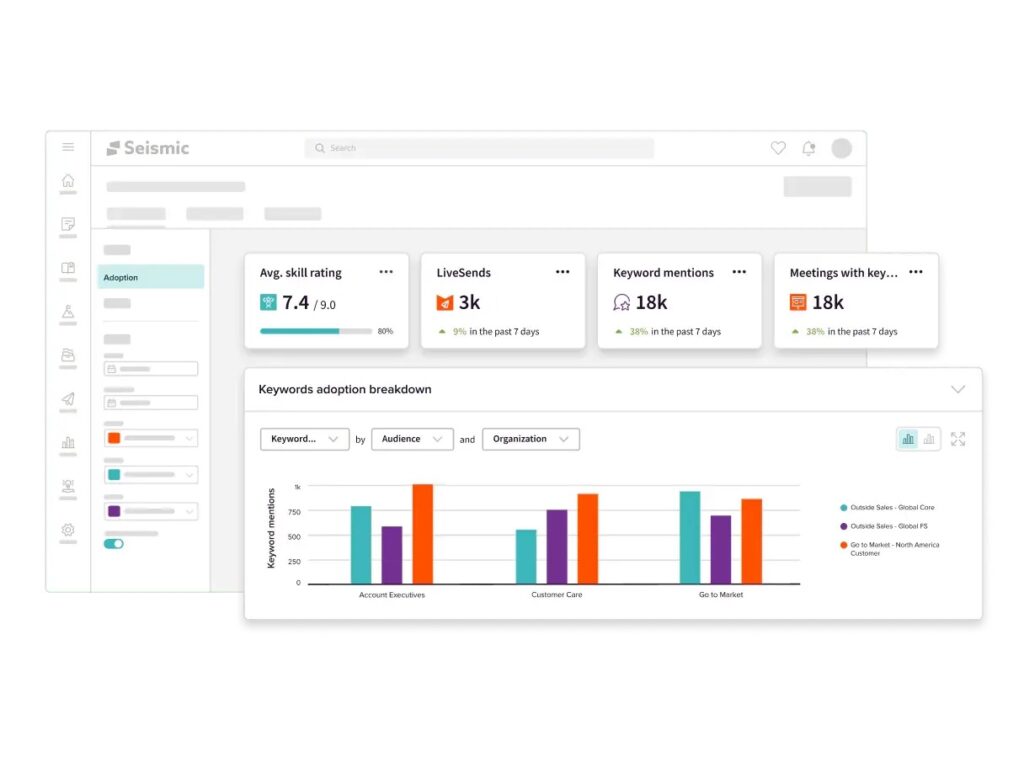
10. Drift
Drift helps companies engage potential buyers in real time while they’re still browsing your site. A visitor exploring your solution page at 2 p.m. can be chatting with a sales rep within minutes, rather than filling out a form and waiting for a follow-up. For businesses where timing can be the difference between winning or losing an account, Drift provides that immediate connection. It also allows teams to qualify leads on the spot, ensuring that reps spend time where it matters most.
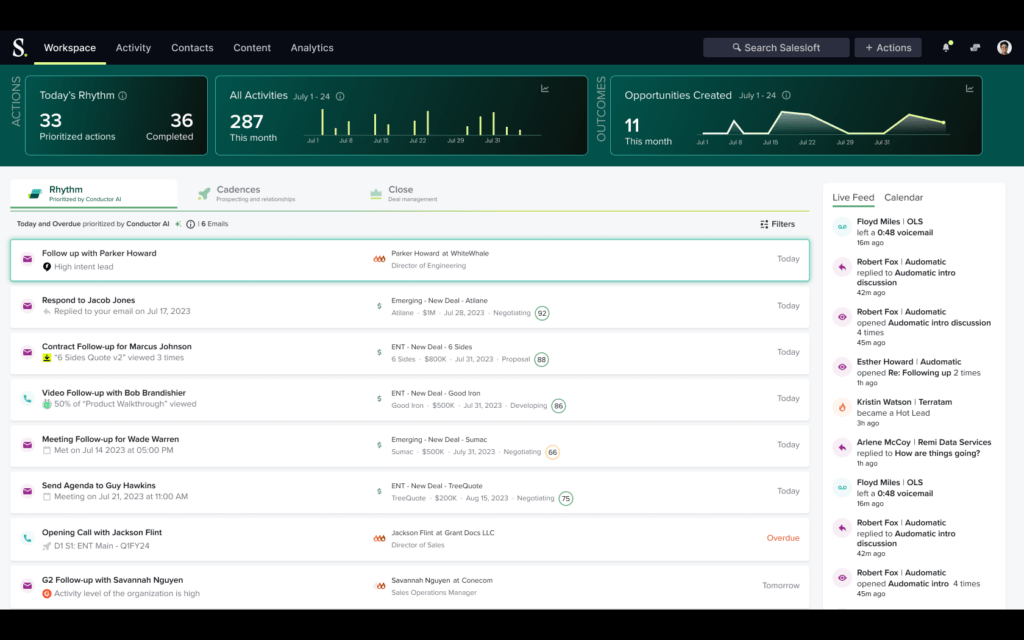
11. Asana
GTM launches are rarely straightforward. There are campaign deadlines, sales enablement assets, product updates, and more, often happening all at once. Asana helps by providing structure without slowing teams down. A product marketer can assign tasks to design for launch materials, while the sales leader can monitor readiness in parallel. When every team has visibility into what’s happening and when, coordination becomes seamless.
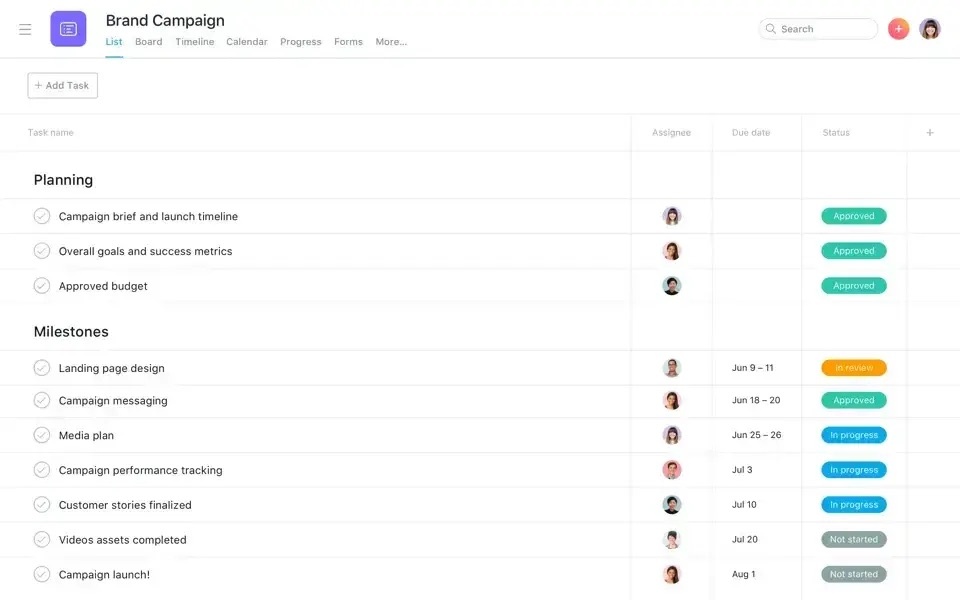
12. Trello
While Asana is robust, Trello shines in its simplicity. For GTM teams that need a quick way to organize moving parts, Trello provides a visual, card-based system that is easy to adopt. A small marketing team preparing for a regional product launch could create a Trello board that tracks everything from press releases to local event logistics. Because it’s intuitive, adoption is quick, and the team can focus on execution instead of learning a complex system.
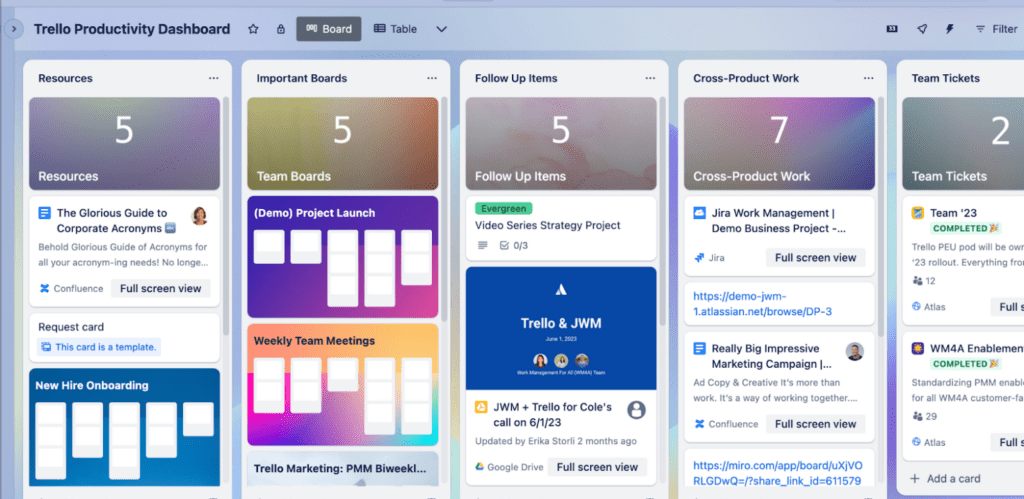
13. Slack
Slack has become indispensable for cross-functional GTM teams because it creates a space for real-time collaboration. Imagine your sales team hears a competitor spreading a new message in the market. With Slack, they can instantly share that intel in a channel, where product marketing can craft a response and sales enablement can prepare a talk track. That agility is hard to achieve over email.
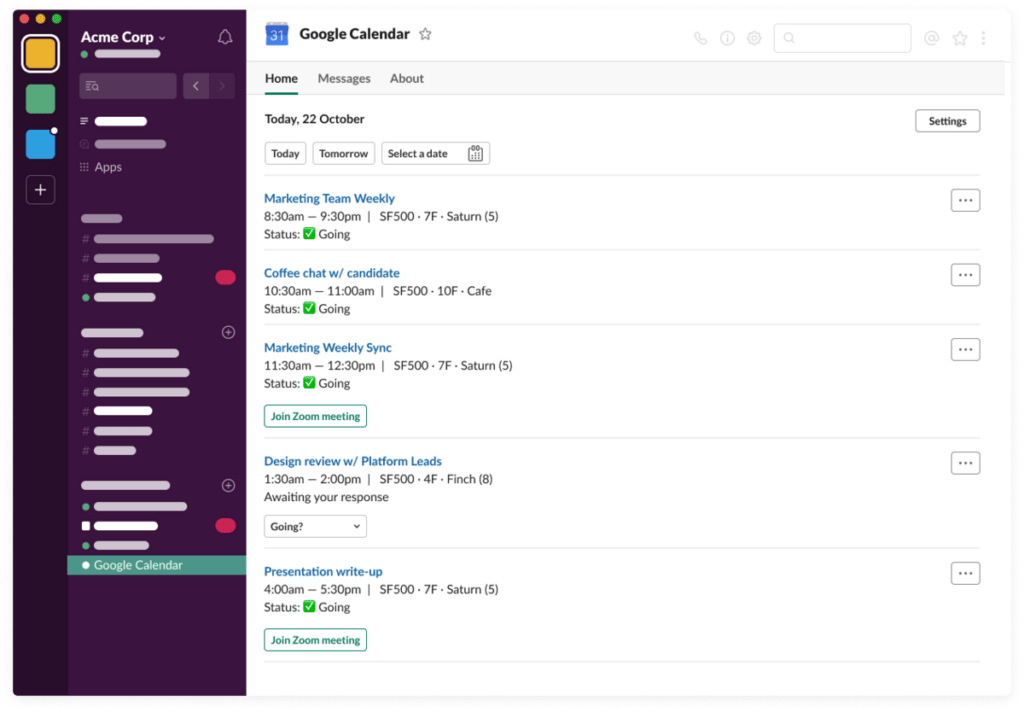
14. Tableau
Data-driven decision-making is at the core of successful GTM strategies, and Tableau helps turn overwhelming data into clear insights. For example, your marketing team may want to understand which channels drove the most qualified leads during launch week. Tableau can visualize that in a way that is not only accurate but also easy for executives to digest. This makes it simpler to adjust tactics in real time rather than waiting until the end of the quarter to analyze results.
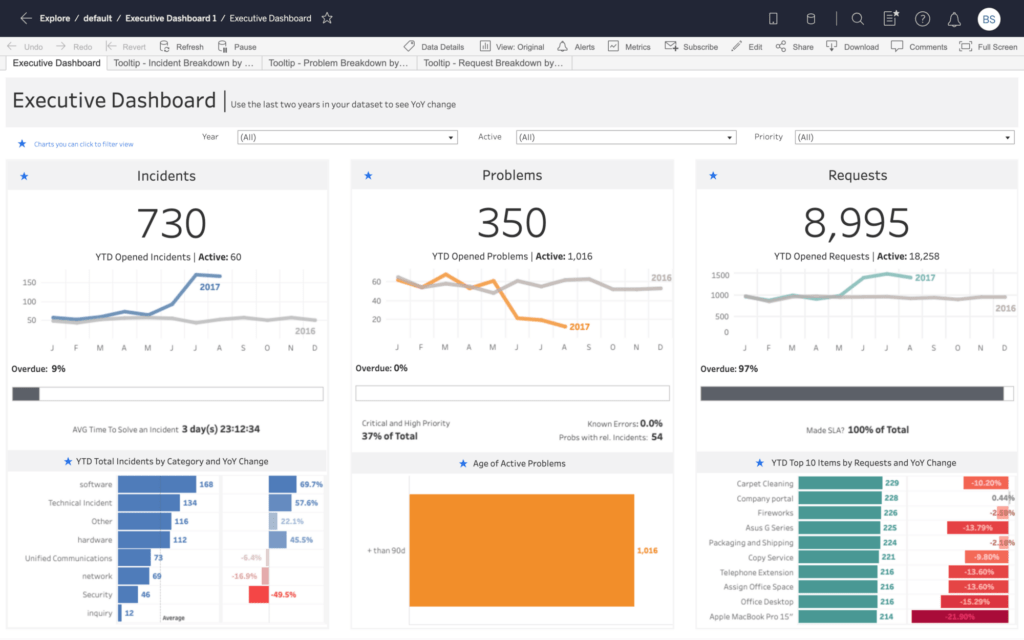
15. Google Analytics
A company’s website is often the centerpiece of a GTM launch, and Google Analytics provides the data needed to understand how well it’s performing. Beyond basic traffic numbers, it shows which campaigns drive the most engaged visitors, where drop-offs occur, and which content leads to conversions. For marketers, this data is crucial for optimizing spend and ensuring the website is pulling its weight as a growth driver. Without this information, you’re essentially guessing.
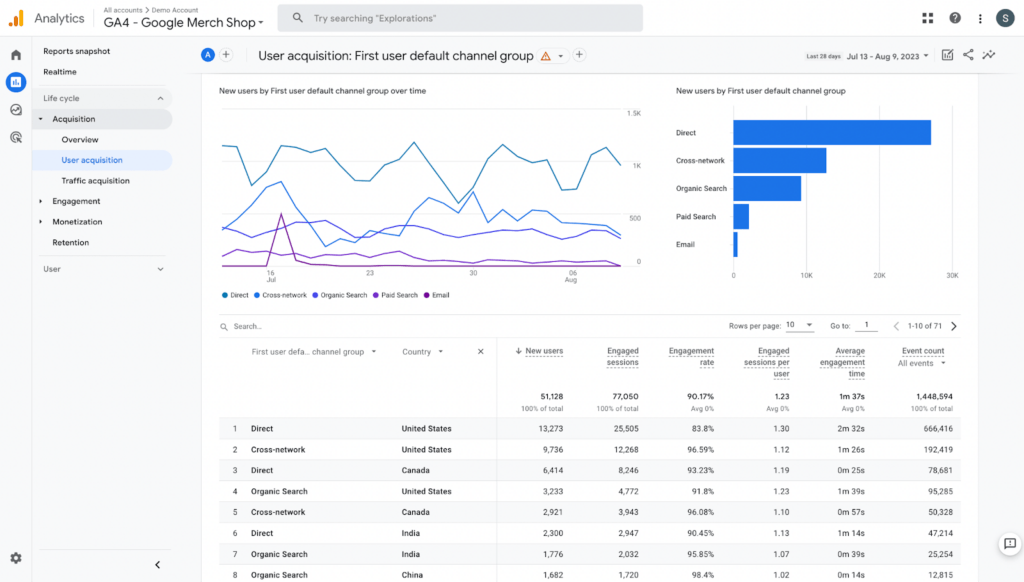
16. Hotjar
Understanding how prospects experience your website is often overlooked in GTM planning. Hotjar helps by showing exactly where users click, scroll, and drop off. If you’re launching a new product page and prospects consistently abandon it halfway through, Hotjar provides the evidence needed to refine the layout or messaging. Small improvements like these compound into better conversion rates. As a result, this directly impacts the success of your GTM efforts.
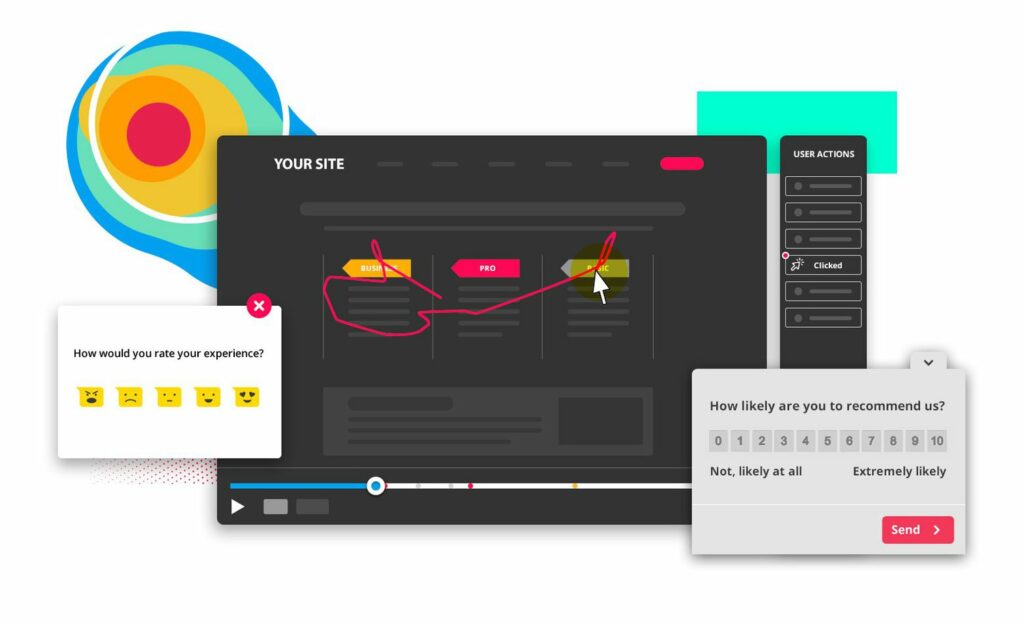
17. Cognism
The next go-to-market software on our list is Cognism. Cognism is a revenue intelligence platform that helps GTM teams identify and connect with high-quality prospects. Unlike static contact databases, Cognism provides verified phone numbers and compliance-checked data, which gives sales reps confidence when reaching out. This reduces wasted time and ensures that outreach focuses on the right people. When your team is entering a new region or vertical, Cognism becomes a shortcut to building a qualified pipeline quickly.
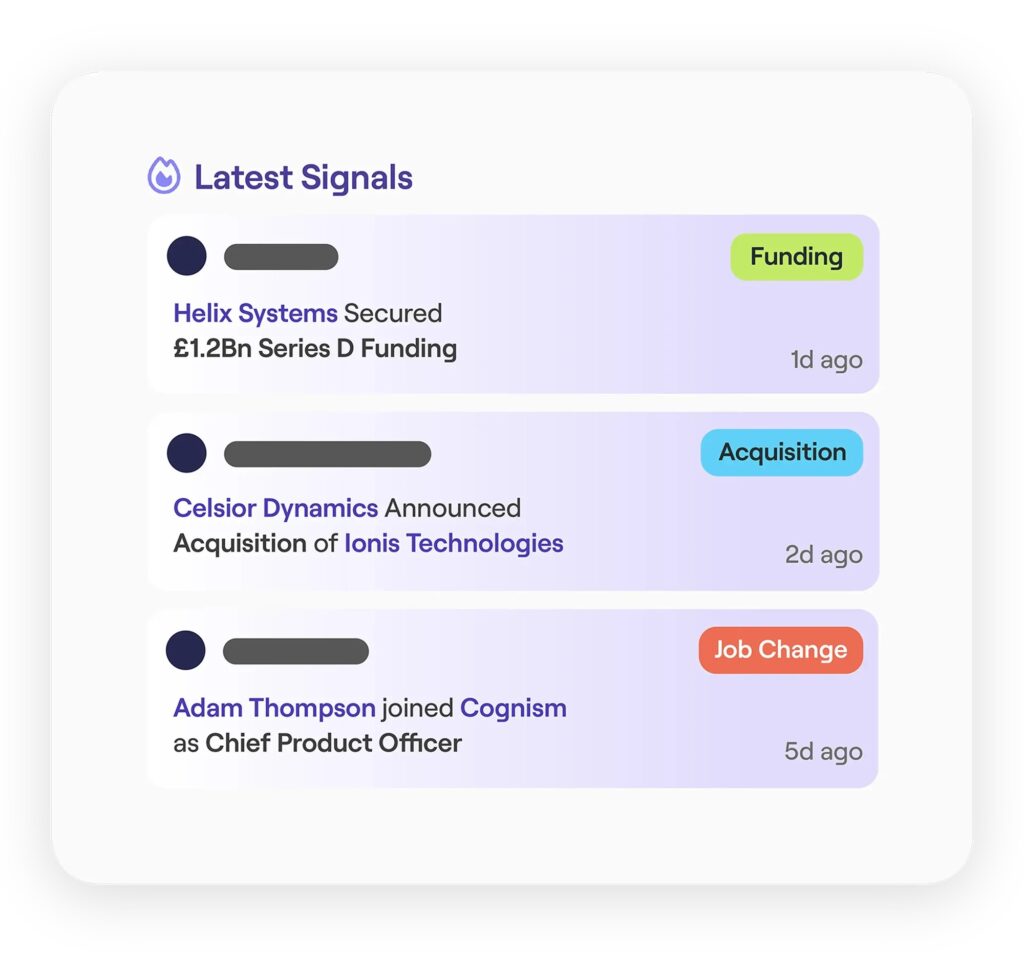
18. PeopleForce
PeopleForce is an HR platform that supports GTM efforts by improving how teams are managed and scaled. When companies are growing quickly, one of the biggest challenges is keeping employees aligned and engaged. Plus, PeopleForce helps centralize HR processes, manage performance, and support collaboration. In turn, this ensures that employees responsible for the GTM strategy are motivated and supported. Additionally, it strengthens the internal foundation that external success depends on.
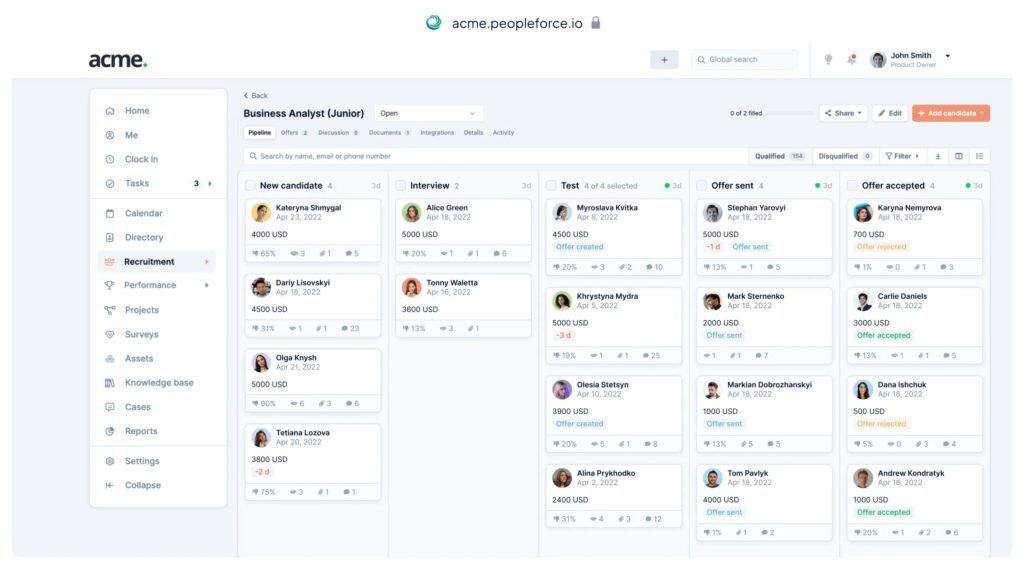
19. Kaspr
Kaspr is another tool that supports outbound prospecting, particularly through LinkedIn. It provides instant access to verified emails and phone numbers directly within LinkedIn profiles. This can be a game changer for SDRs who are looking to build awareness in a fresh market segment. Instead of spending hours researching contacts, reps can spend more time actually engaging with them.
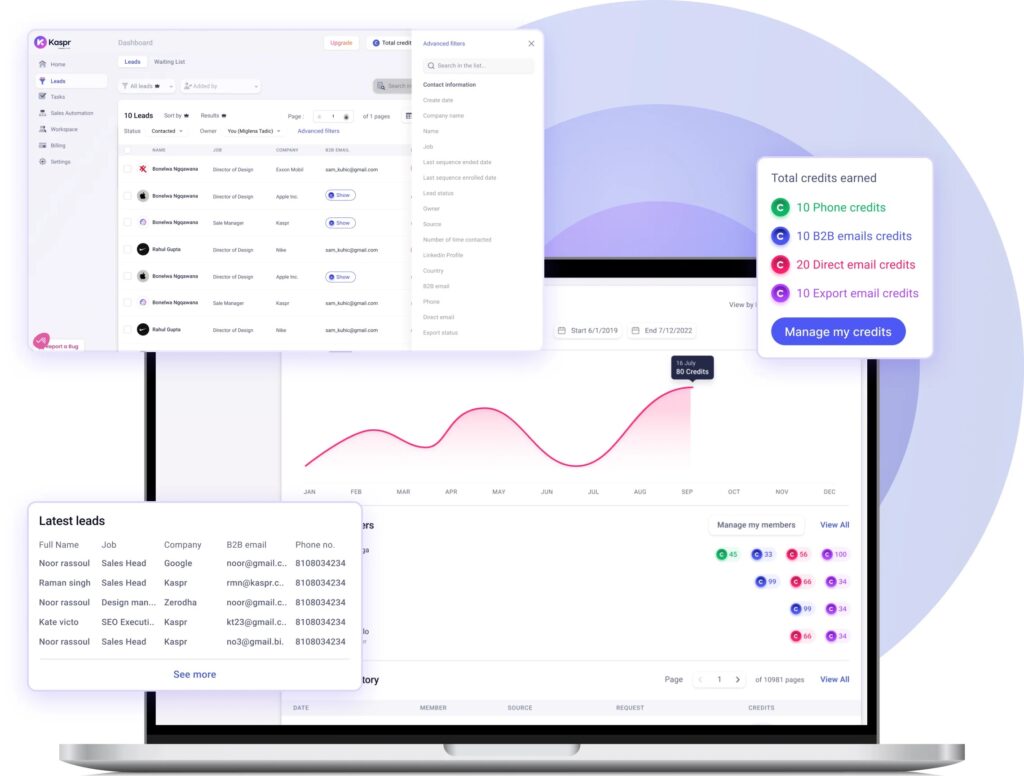
20. Userpilot
The last go-to-market software on our list is Userpilot. Userpilot focuses on the customer experience after the initial sale, which is just as important in a GTM strategy as acquisition. It allows product teams to create personalized onboarding flows, in-app tutorials, and feature announcements without heavy development work. For B2B SaaS companies, this ensures that new users see value quickly, reducing churn risk and increasing adoption. A GTM launch isn’t successful if customers sign up but never engage, and Userpilot helps prevent that.
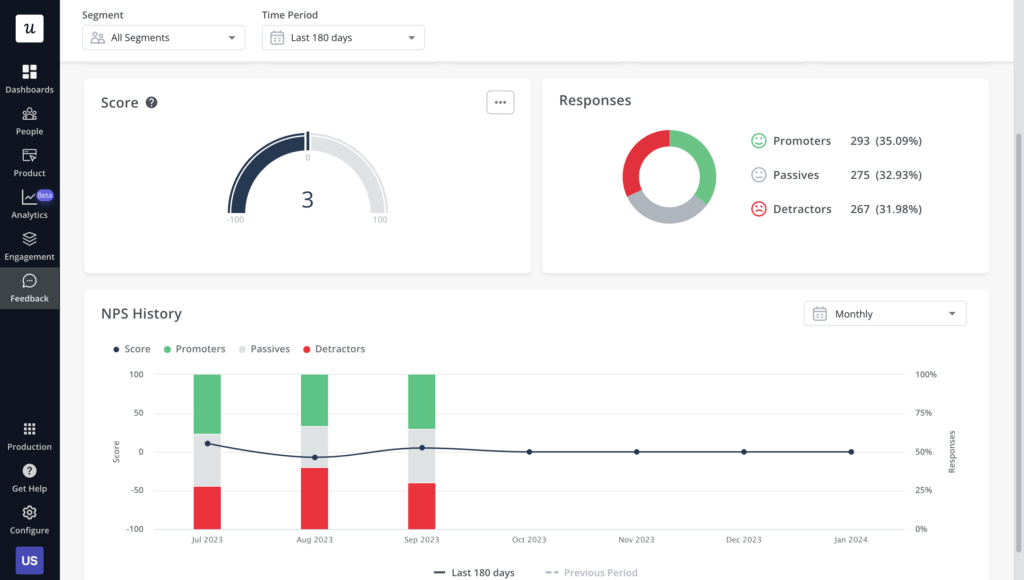
Bringing it all Together
A successful go-to-market strategy requires more than just a great product. It requires alignment across teams, clear communication, and the ability to adapt based on data and feedback. The twenty software tools highlighted here provide the infrastructure B2B companies need to execute their strategies with precision and efficiency.
By combining CRM systems, marketing automation platforms, sales engagement tools, collaboration software, and analytics solutions, your organization can create a comprehensive GTM tech stack that drives measurable results. Each tool plays a role in helping your company reach the right audience, deliver the right message, and close deals faster, ultimately accelerating growth.
Wrap Up
If your organization is looking to strengthen its go-to-market strategy, consider how these software solutions can support your goals. With the right combination in place, you will be better positioned to launch products successfully, expand into new markets, and build lasting customer relationships. As always, if you have any questions about using Visitor Queue to identify your website visitors, do not hesitate to reach out.
 Identify
Identify Personalize
Personalize Benchmark
Benchmark Agencies
Agencies Integrations
Integrations Case Studies
Case Studies Use Cases
Use Cases Blog
Blog Resources
Resources









